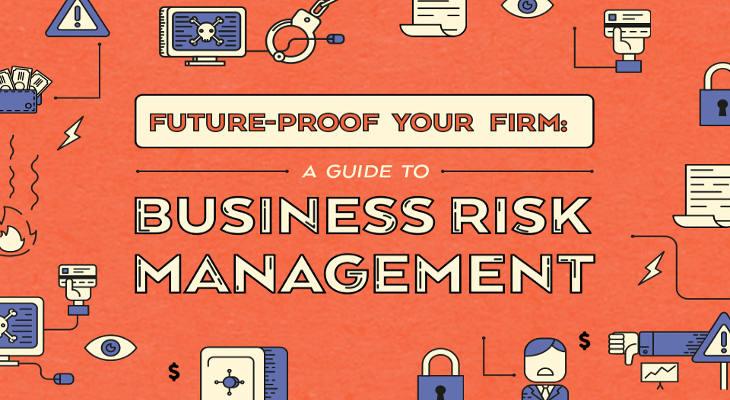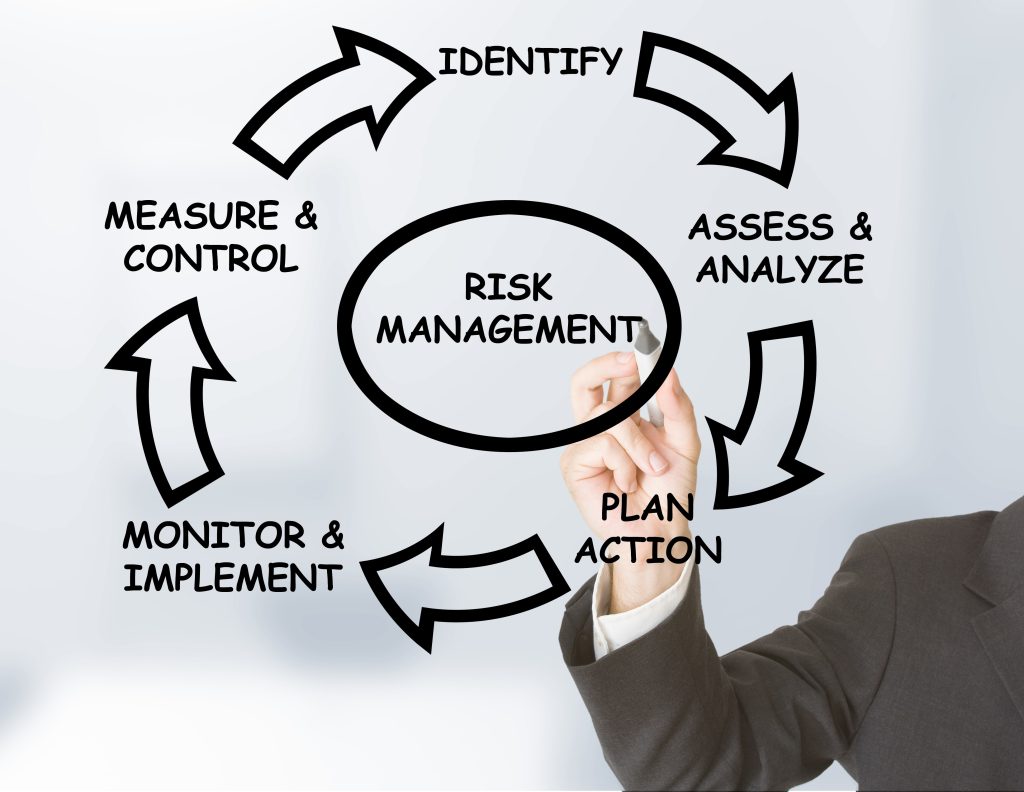The Comprehensive Guide to Risk Management Lifecycle for Small Businesses
Risk management is a crucial aspect of running a successful business, regardless of its size. For small businesses, in particular, effective risk management can mean the difference between thriving and facing insurmountable challenges. In this comprehensive guide, we will delve into the intricacies of the risk management lifecycle for small businesses, exploring its importance, key components, and how to implement a robust risk management strategy.

I. Understanding Risk Management
Before delving into the risk management lifecycle, it’s essential to understand what risk management entails.
Definition of Risk Management
Risk management is the process of identifying, assessing, prioritizing, and mitigating potential risks that can affect a business’s objectives, operations, and financial stability. It is a proactive approach to minimizing the negative impact of uncertainty.
The Importance of Risk Management for Small Businesses
- Protection from Financial Loss: Small businesses often have limited resources, making them more vulnerable to financial setbacks. Effective risk management can help protect against financial losses due to unforeseen events.
- Safeguarding Reputation: A damaged reputation can be devastating for small businesses. Risks, if not managed properly, can harm your brand’s image. Effective risk management helps protect your reputation.
- Enhancing Decision-Making: Understanding the risks involved in various business activities allows for more informed decision-making. It helps in choosing strategies that align with your risk tolerance.
II. The Risk Management Lifecycle
The risk management lifecycle comprises several interconnected phases, each serving a specific purpose in ensuring that risks are identified, assessed, and mitigated effectively. These phases include:
1. Risk Identification
- Identifying Potential Risks: Begin by identifying risks relevant to your business. These may include operational, financial, strategic, compliance, or reputational risks.
- Data Collection: Gather data from various sources, including internal documentation, historical records, and industry-specific reports.
2. Risk Assessment
- Risk Quantification: Assign values to risks based on their potential impact and likelihood of occurrence. This helps prioritize risks.
- Risk Prioritization: Prioritize risks based on their significance to the business. Focus on high-priority risks that require immediate attention.
3. Risk Mitigation
- Developing Mitigation Strategies: Create strategies to address identified risks. These strategies may include risk avoidance, risk reduction, risk transfer, or risk acceptance.
- Implementing Controls: Put in place controls and safeguards to mitigate risks effectively. This may involve process changes, insurance coverage, or contractual agreements.
4. Risk Monitoring
- Regular Evaluation: Continuously monitor and review the effectiveness of risk mitigation strategies. Risks can evolve, so it’s essential to stay vigilant.
- Key Performance Indicators (KPIs): Establish KPIs to track the success of risk management efforts. These can include incident reports, financial metrics, or customer satisfaction scores.
5. Risk Reporting and Communication
- Transparency: Maintain clear communication channels within your organization to ensure everyone is aware of potential risks and mitigation efforts.
- Stakeholder Engagement: Involve key stakeholders, including employees, investors, and partners, in the risk management process. Their insights can be invaluable.
6. Risk Review and Adaptation
- Regular Review: Periodically review your risk management strategy to account for changes in the business environment, industry regulations, or emerging risks.
- Continuous Improvement: Use lessons learned from past experiences to improve your risk management processes continually.

III. Practical Implementation
Implementing a risk management lifecycle for your small business involves several practical steps:
1. Risk Assessment Workshop
- Gather Your Team: Assemble a team of stakeholders and experts to participate in a risk assessment workshop.
- Brainstorm Risks: Facilitate discussions to identify potential risks specific to your business.
- Risk Ranking: Prioritize risks based on impact and likelihood. Use tools like risk matrices to assist in this process.
2. Develop Mitigation Plans
- Mitigation Strategies: For high-priority risks, create detailed mitigation plans outlining actions, responsibilities, and timelines.
- Budgeting: Allocate necessary resources, whether financial or human, to implement mitigation strategies effectively.
3. Establish Key Metrics
- Define KPIs: Establish key performance indicators that will help you measure the success of your risk management efforts.
- Data Collection: Implement systems for collecting relevant data that will inform your KPIs.
4. Communication and Reporting
- Regular Updates: Schedule regular updates and reports to keep stakeholders informed about the status of risk management efforts.
- Emergency Response: Develop an emergency response plan in case a high-impact risk materializes.
5. Continuous Improvement
- Review and Adapt: Periodically review your risk management strategy, making necessary adaptations based on the evolving risk landscape.
- Training and Awareness: Ensure that your team is educated about risk management and aware of their roles in the process.
Conclusion
In today’s dynamic business environment, effective risk management is not a luxury but a necessity for small businesses. By implementing a robust risk management lifecycle, you can protect your business from financial losses, safeguard your reputation, and make informed decisions. Remember that risk management is an ongoing process that requires vigilance, adaptability, and the involvement of your entire organization. With a well-executed risk management strategy, your small business can thrive even in the face of uncertainty.
